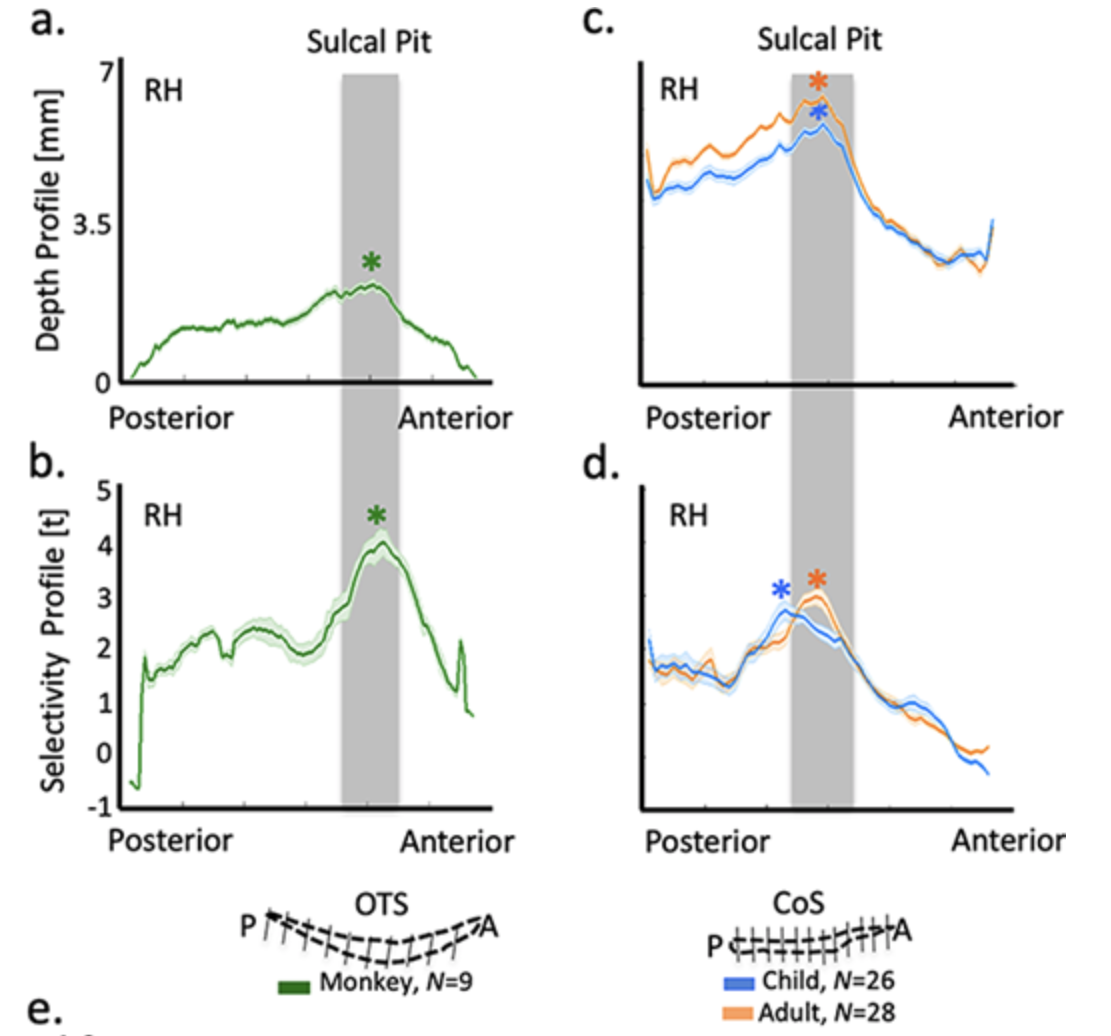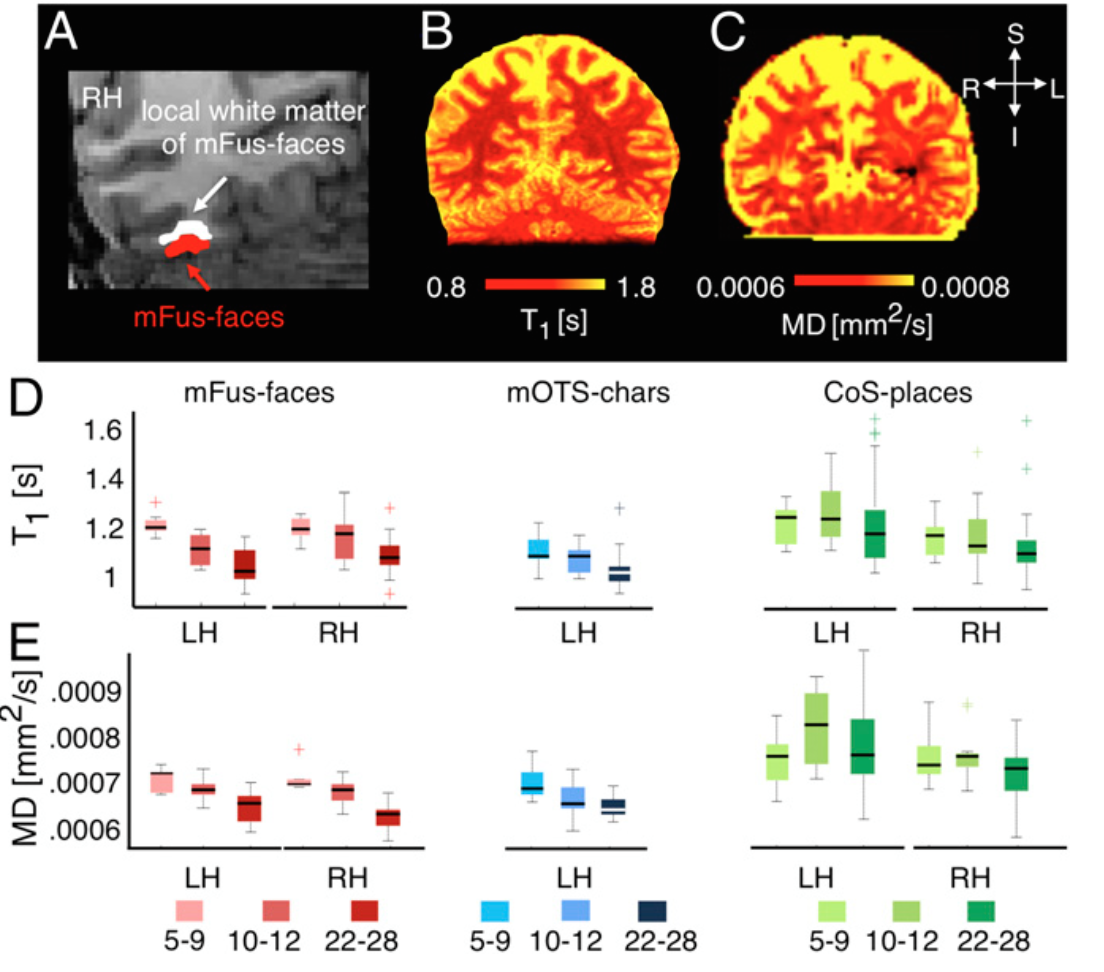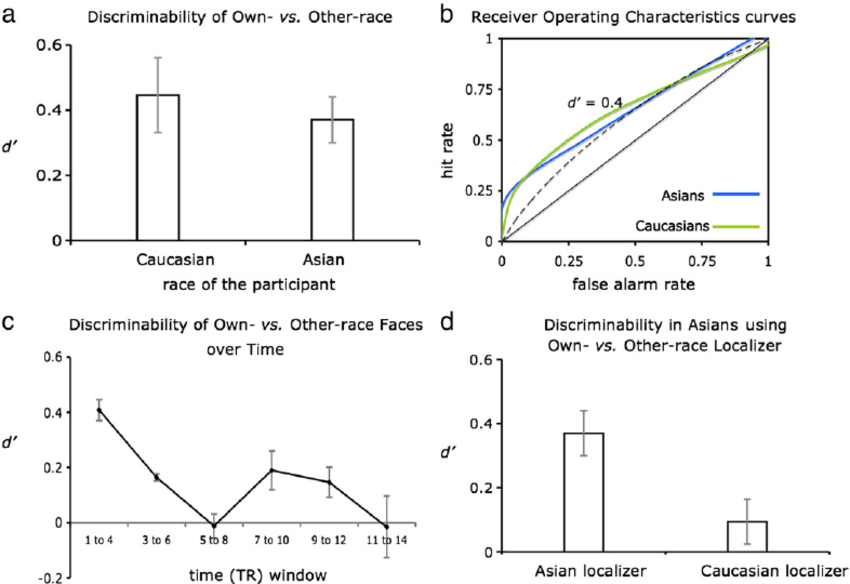(Natu et al., 2021, Nature Communications Biology)
(Image from: Natu et al., 2020, Cerebral Cortex)
(Image from: Natu et al., 2019, PNAS, see also Gomez, Barnett, Natu et al., 2017, Science).
(Image from: Natu et al., 2019, PNAS).
(Image from: Gomez, Natu et al., 2018, Nature Communications).
(Image from: Natu et al., 2016, Journal of Neuroscience).
(Image from: Natu et al., 2010, NeuroImage).






